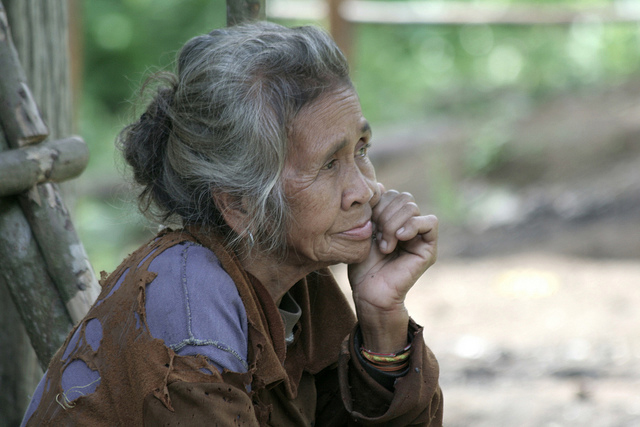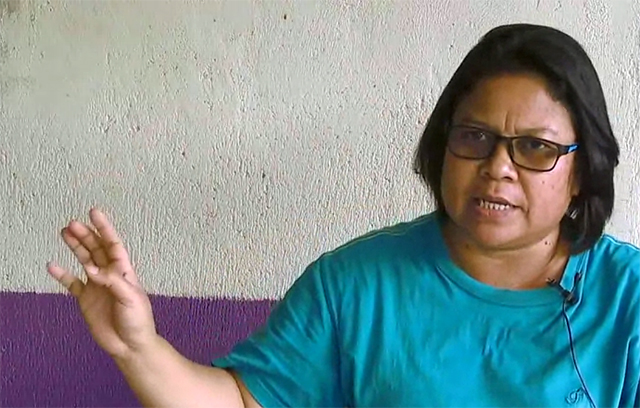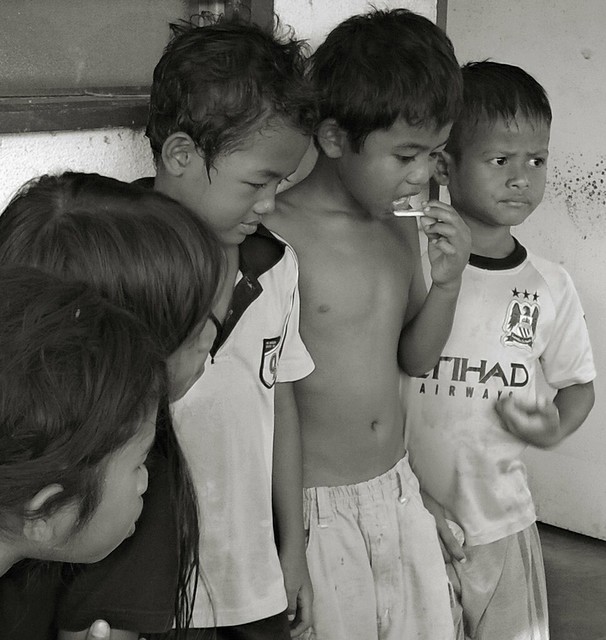How much are the peaceful societies affected by the coronavirus epidemic? The answer, of course, is that it depends on how much contact they have with infected outsiders. Isolated islands such as Tristan da Cunha and Ifaluk, which have few if any cruise ships stopping, are doing fine so far—at least there is no news yet about any cases. While these very isolated societies do have health facilities, they would be hard pressed to cope with a major outbreak. They are being quite cautious about admitting visitors.

Larger, more heavily touristed peoples such as the Ladakhi and the Amish either already have numerous cases reported or are preparing for the onrushing epidemics. The valid question is, how are the in-between societies faring, the groups of people who are isolated but have some sporadic contacts with outsiders?
An article published on March 17 on the Malaysian news website Free Malaysia Today explored the status of the possible infections among the Semai and the other Orang Asli societies. At this point that article is 9 days out of date so the situation may have changed.

The reporter summarized that the Orang Asli communities, located as they are in remote areas, are (or were) largely unaffected by the virus. Tijah Yok Chopil, a prominent Semai activist, said that here and there the people are still holding weddings. She added that no cases of the virus have been reported so far from the villages, and that the villagers only know about the disease from their contacts through the social media.
While hundreds of cases have been reported around Malaysia, the other Orang Asli societies, much like the Semai, have not been affected. Zanisah Sani, a Semelai researcher, said that her community has not as yet been bothered with any cases.

Salmiah Anai, a Temuan woman, told the journalist that her people only get information through word of mouth or the social media. She said that the Orang Asli are still holding large gatherings, with people coming from considerable distances to participate. There is a lot of confusion as to what to do, and “there are absolutely no awareness campaigns here.”
The journalist contacted Alberto Gomes for his take on the situation. The prominent Australian anthropologist is an expert on Orang Asli affairs. Gomes said that he had just visited an Orang Asli village in Selangor the previous Sunday. The people in that village were aware of the spreading disease but for the most part the Orang Asli in the interior are unaware of the pandemic.
Colin Nicholas from the Center for Orang Asli Concerns said that the government ministry in charge of the original people had banned outsiders from visiting the Orang Asli villages to try to retard the spread of the virus, a development that he favored. He said that the absence of reported cases so far does not mean that none have occurred.
He warned that the Orang Asli may have low resistance to the infection so outsiders from the affected areas of Malaysia should be very cautious about exposing them. Nicholas suggested that the government try to raise awareness about the epidemic through the Orang Asli radio channel.
There is no reason to assume that the peacefulness of the Orang Asli groups would have any effect on the incidence of the disease among the people. But it is worth watching for clues to see if any of them handle the outbreaks in unique or interesting ways.